Category: Monitoring
-
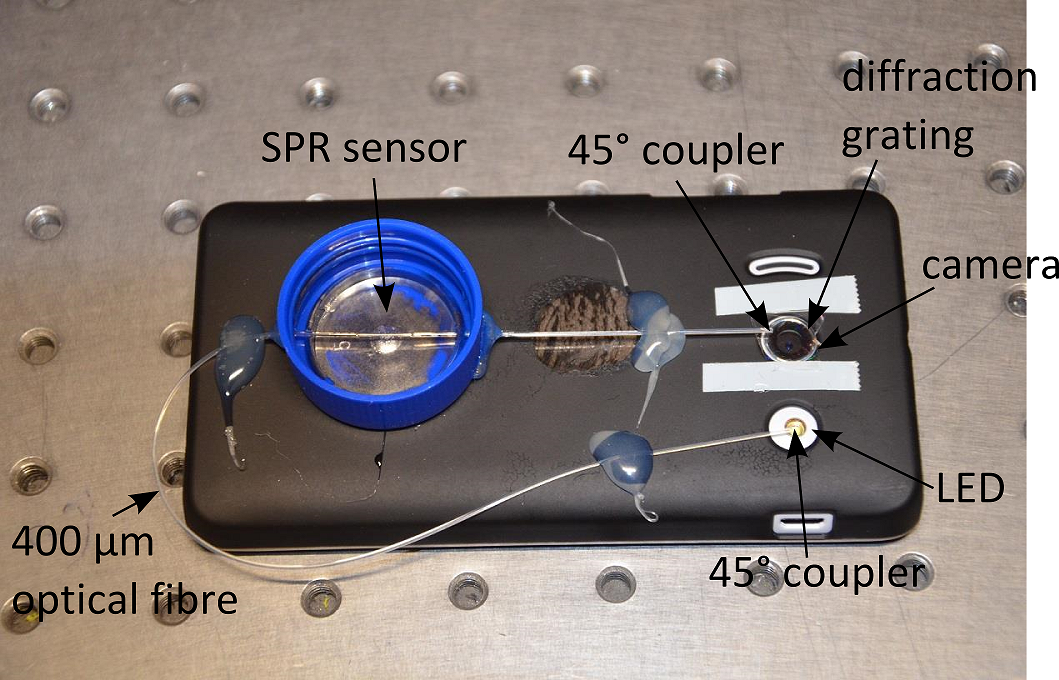
Smartphone fluid sensors to detect pregnancy, STDs, diabetes
Kort Bremer and Bernhard Roth at the Hanover Centre for Optical Technologies are developing lab-on-a-chip devices for smartphones to monitor blood, urine, saliva, sweat or breath. This could enable phone based detection and monitoring of pregnancy, STDs, or diabetes, among other applications. The surface plasmon resonance sensors detect biomolecular interactions when polarized light strikes an electrically conducting surface…
-

Clinical trial wearable by Google
Google X has built a clinical grade health wearable intended for use in clinical trials. It measures pulse, heart rhythm, skin temperature, light exposure, and noise levels. The device can collect trial data both inside and outside of the lab. Google’s life science head, Andrew Conrad, first described the wearable to Bloomberg this morning. The…
-
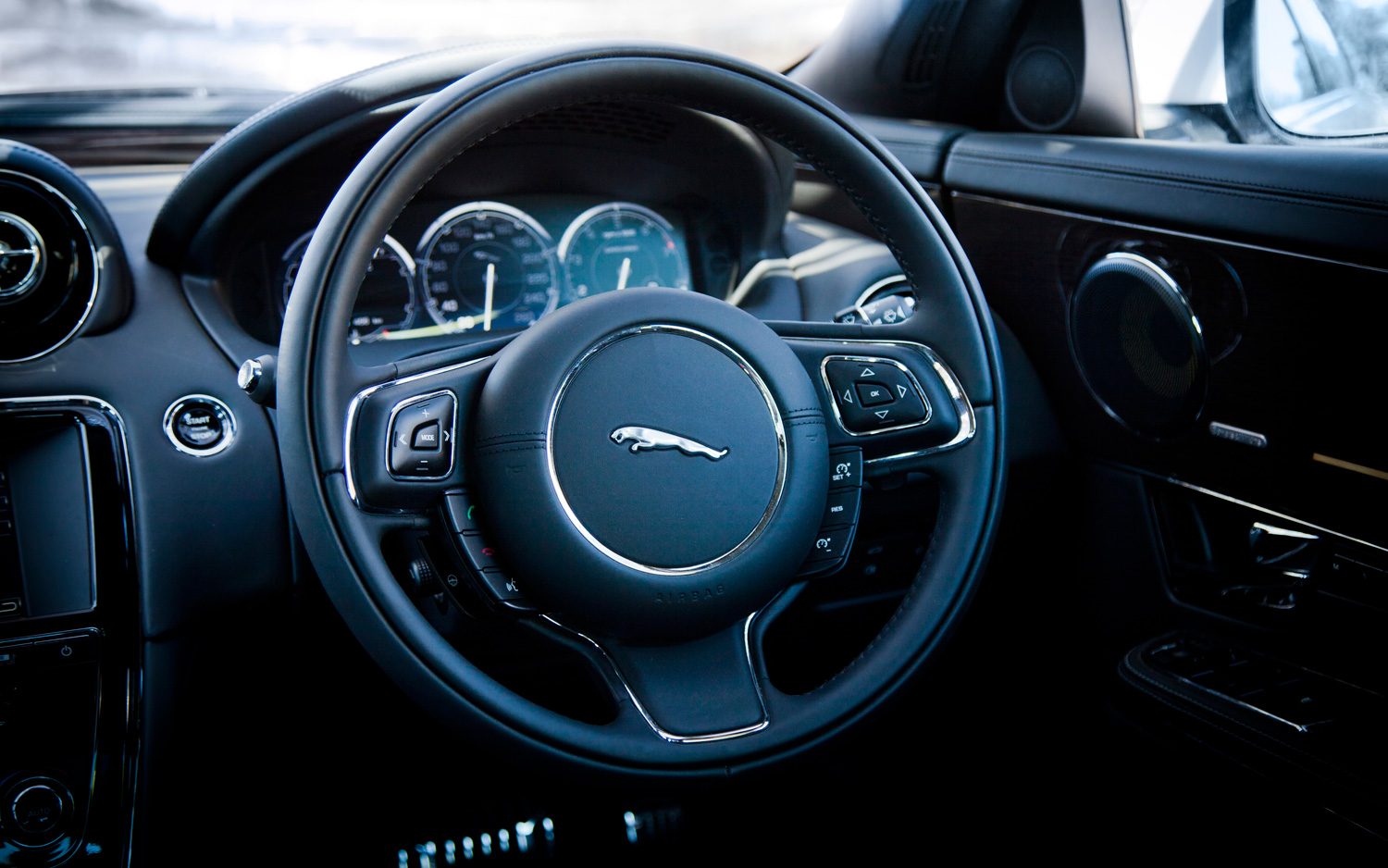
Car-based heart, brain activity monitoring
“Sixth Sense” by Jaguar/LandRover attempts to monitor a driver’s heart rate, respiration and brain activity to identify stress, fatigue and lack of concentration. The XJ “wellness seat” analyzes heart rate and breathing, has touchscreens that predict which button a user wants to press with fingers mid-air, and has a vibrating accelerator pedal that communicates hazards.…
-
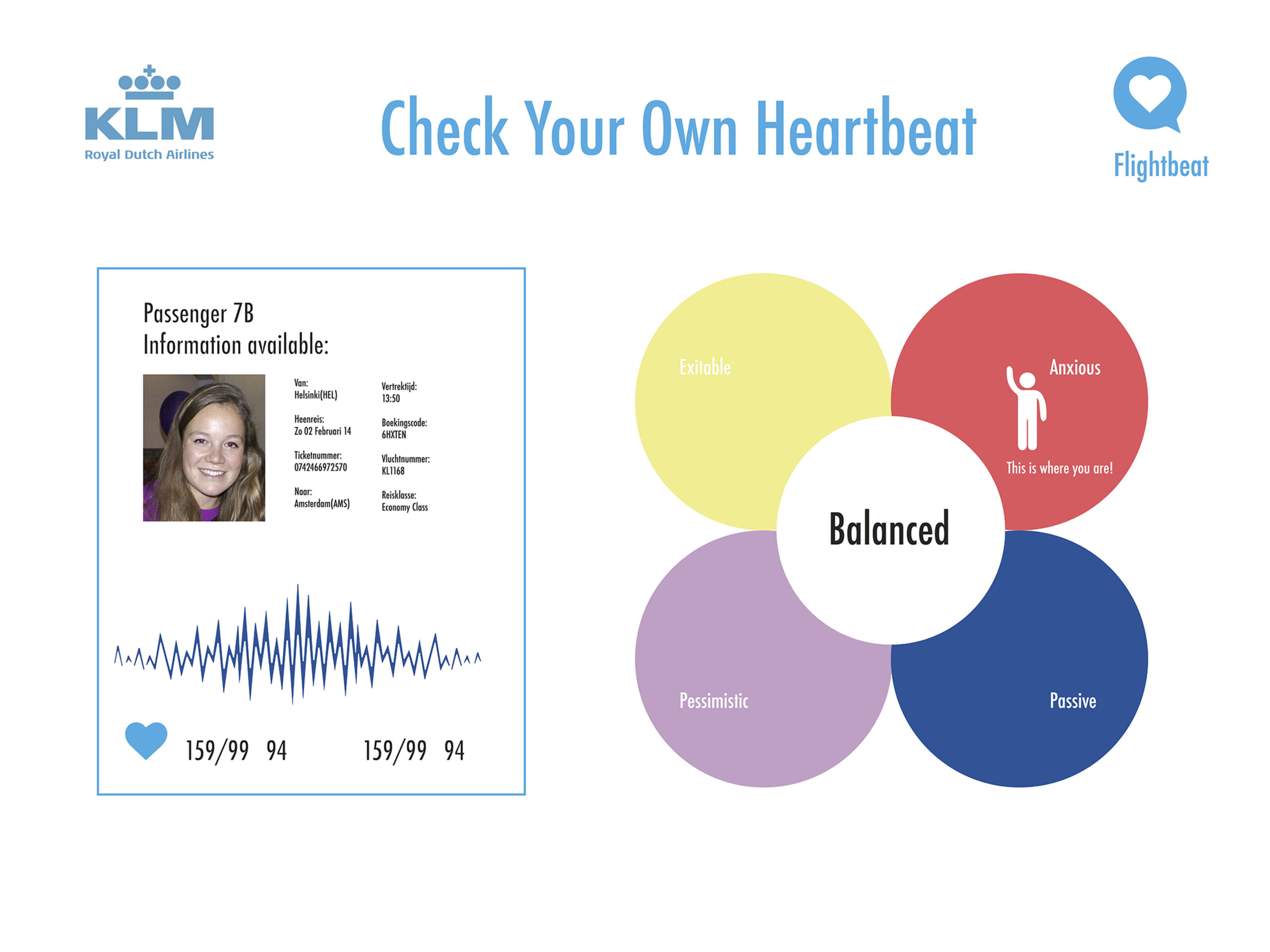
Airplane seat sensors monitor physical, emotional states
FlightBeat, designed by TU Delft students, uses airplane seat integrated heart rate sensors to monitor the physical and emotional state of passengers. Data is transmitted wirelessly to the crew, and presented on a color-coded seat map showing which passengers need attention. Health information can also be sent to physicians or family members on the ground. The goal…
-

Home-based autism therapies
The MICHELANGELO project creates home-based solutions for assessing and treating autism, including: Pervasive, sensor-based technologies to perform physiological measurements such as heart rate, sweat index and body temperature Camera-based systems to monitor observable behaviors and record brain responses to natural environment stimuli Algorithms allowing for the characterization of stimulus-specific brainwave anomalies These technologies will allow for…
-

Closed-loop glucose monitoring system
GlucoSitter by DreaMed Diabetes is an automated, closed loop, artificial pancreas system for controlling glucose levels. It links the glucose sensor with the insulin pump through control algorithms. Glucose sensor data is analyzed and the pump is directed to deliver the correct dose of insulin. GlucoSitter has been tested on 220 patients with 15,000 hours…
-

Sensor probe to prevent hospital pressure ulcers
GE and the US Dept of Veterans Affairs have developed a multi sensor probe to detect the earliest signs of pressure ulcer formation. The device combines computer vision with motion detection, thermal profiling, image classification, 3-D object reconstruction and vapor detection to identify patients at risk and improve treatment. Hospitals generally advise caregivers to turn…
-
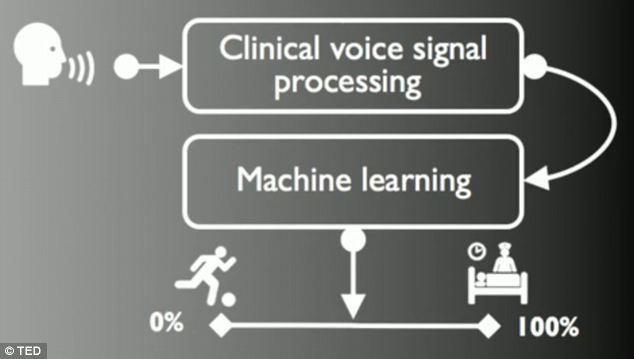
Smartphone tests detect Parkinson’s
In a recent study, MIT Media Lab‘s Max Little used machine learning tools to indicate early Parkinson’s Disease in a group of smartphone users. Phones were given to Parkinson’s patients and a healthy control group. The built in accelerometer enabled Little to distinguish between those with and with out the disease with 99% accuracy. The detection method relied…
-

Sensors, software to understand MS progression
Biogen Idec and Google X will use sensors and software to collect and analyze data from MS patients. The goals is to understand environmental and biological factors that contribute to the disease’s progression, and why it progresses differently in every patient. Andrew Conrad, head of Life Sciences at Google X, believes that this will lead to earlier interventions and better outcomes.…
-

Physiological and mathematical models simulate body systems
Another CES standout was LifeQ, a company that combines physiological and bio-mathematical modeling to provide health decision data. LifeQ Lens is a multi-wavelength optical sensor that can be integrated into wearable devices. It monitors key metrics, with what the company claims to be laboratory level accuracy, using a proprietary algorithm. Raw data is translated through…
-
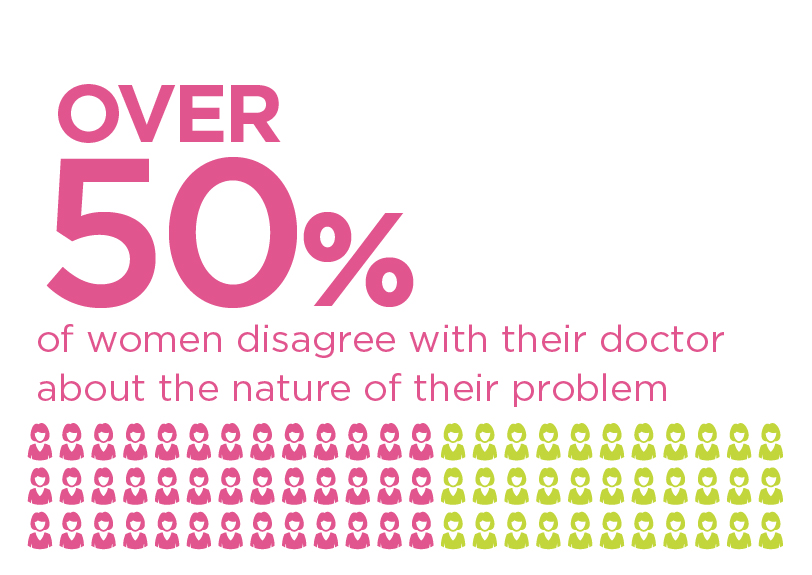
Hormone sensor + cloud platform for women
Open Source Health, a cloud based women’s healthcare platform, has unveiled a device for self-measuring hormones using a drop of blood from one’s finger. Each single use bio-sensor chip performs up to 5 tests at home. Estrogens, progestogens and androgens can be measured. Future plans include the ability to measure thyroid hormones (TSH, T3 and T4)…
-

Less obtrusive sleep monitoring
Stevens Institute of Technology and Florida State University researchers have developed a sleep monitoring system using earbuds with an in-line microphone plugged into an iPhone. The microphone monitored study participants’ breathing to within half a breath per minute of what could be recorded with a chest-worn respiration monitor and collar clipped microphone. The novelty of…